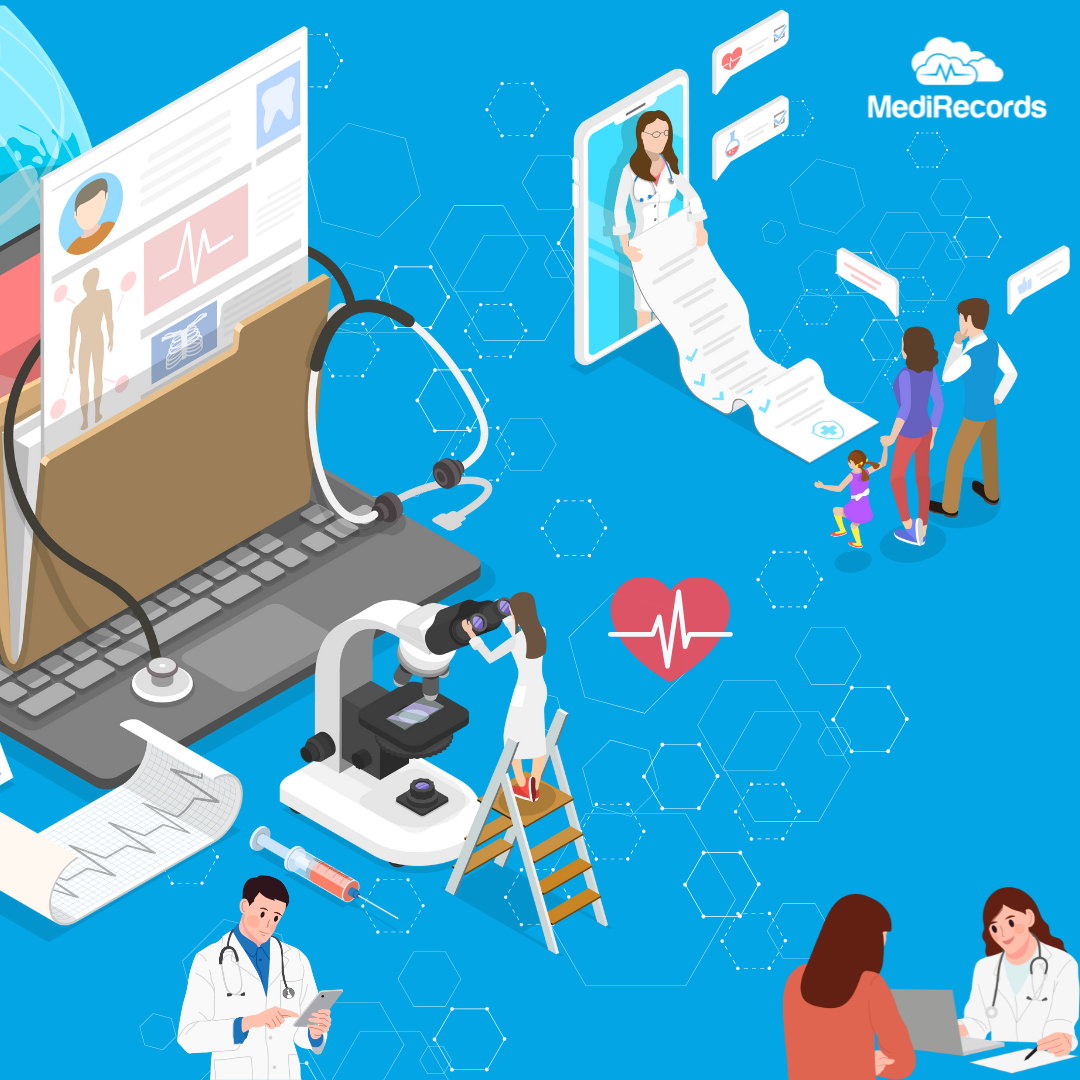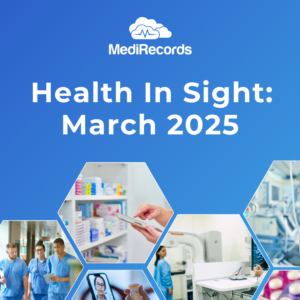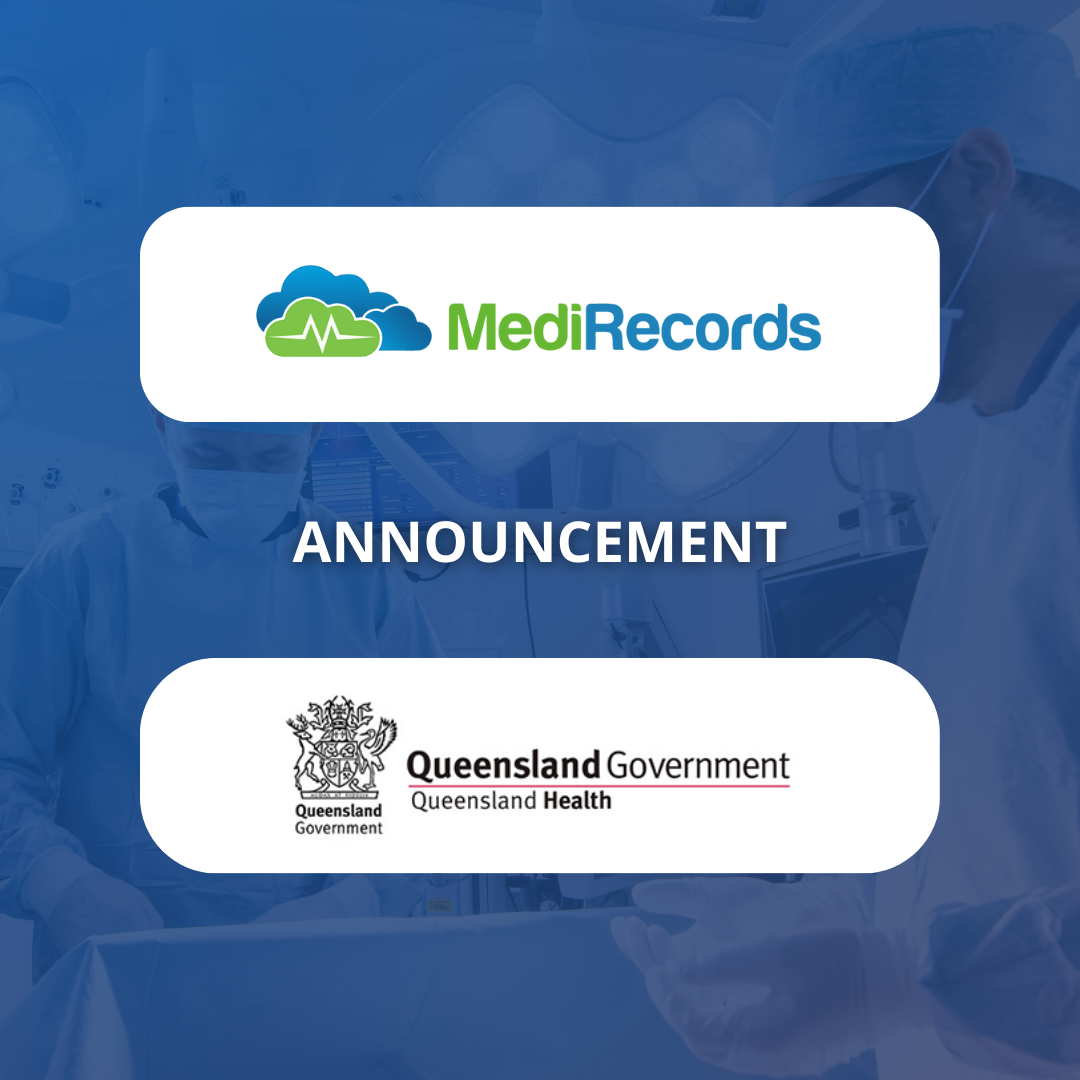March 1, 2024
Australian healthcare providers to automatically share data with My Health Record within a year

New rules mandating healthcare providers share information to My Health Record by default are expected next year.
In a five-year strategy and roadmap released last week, the Australian Digital Health Agency (ADHA) detailed “priority initiatives that will contribute to delivering the strategy’s vision of an inclusive, sustainable and healthier future for all Australians through a connected and digitally enabled health system”.
The ADHA is charged with accelerating the adoption and use of digital services and technologies across the Australian health system, and this report identifies four change enablers. Among these is regulatory and policy change.
Dovetailing with the federal government’s Digital Health Blueprint 2023 – 2033 , the other enablers are:
- Secure, fit-for-purpose and connected digital solutions
- Digitally ready and enabled health workforce
- Informed consumers and carers with strong digital health literacy
Consumers and clinicians can look forward to health-information exchange and real-time access to data when the National Digital Health Strategy 2023-28 is fully implemented.
Secure, connected, interoperable digital solutions are key to accelerate the adoption and use of digital services and technologies across the Australian health ecosystem, according to the new strategy.
The ADHA is a corporate Commonwealth entity supported by all Australian governments to cultivate the adoption and use of digital services and technologies in health.
MediRecords Founder and Chief Executive Officer Matthew Galetto said, “We welcome this report and stand ready to collaborate as industry partners.”
“In particular, we welcome the government’s regulatory efforts aimed at enabling efficient health data exchange to support accessible, person-centered care for patients.”
“At MediRecords, we are fully prepared to embrace and support the government’s vision that mandates “real-time information exchange at the point of care”. Our cloud-based solutions are equipped with Application Programming Interfaces (APIs) and Fast Healthcare Interoperability Resources (FHIR) by design, ensuring seamless connectivity within the broader healthcare ecosystem.”
“We’ve already observed a growing trend among healthcare service providers who are eager to future-proof their operations by adopting the next generation of clinical solutions. This proactive approach not only aligns with our capabilities but also underscores our commitment to advancing healthcare through innovative technology.”






























